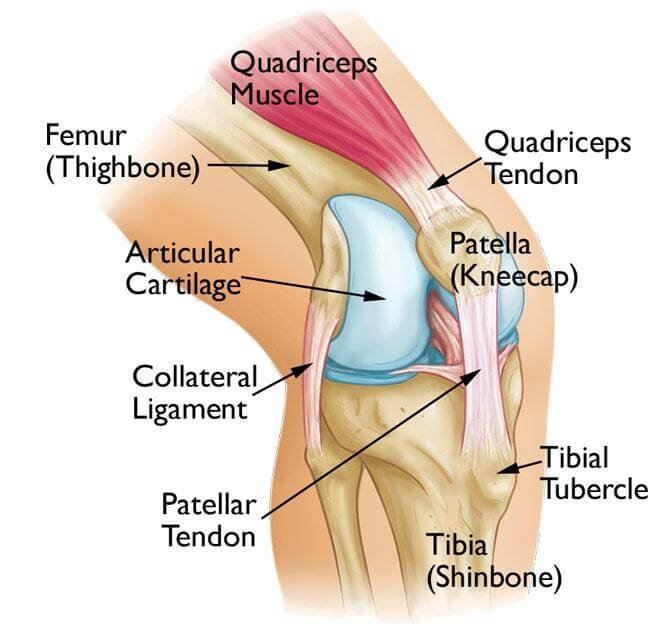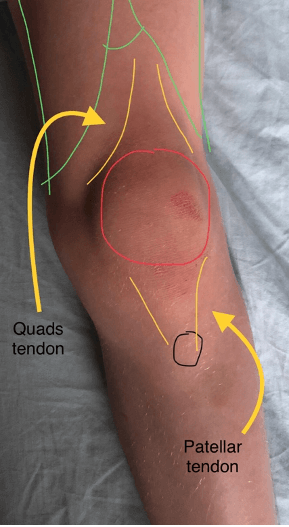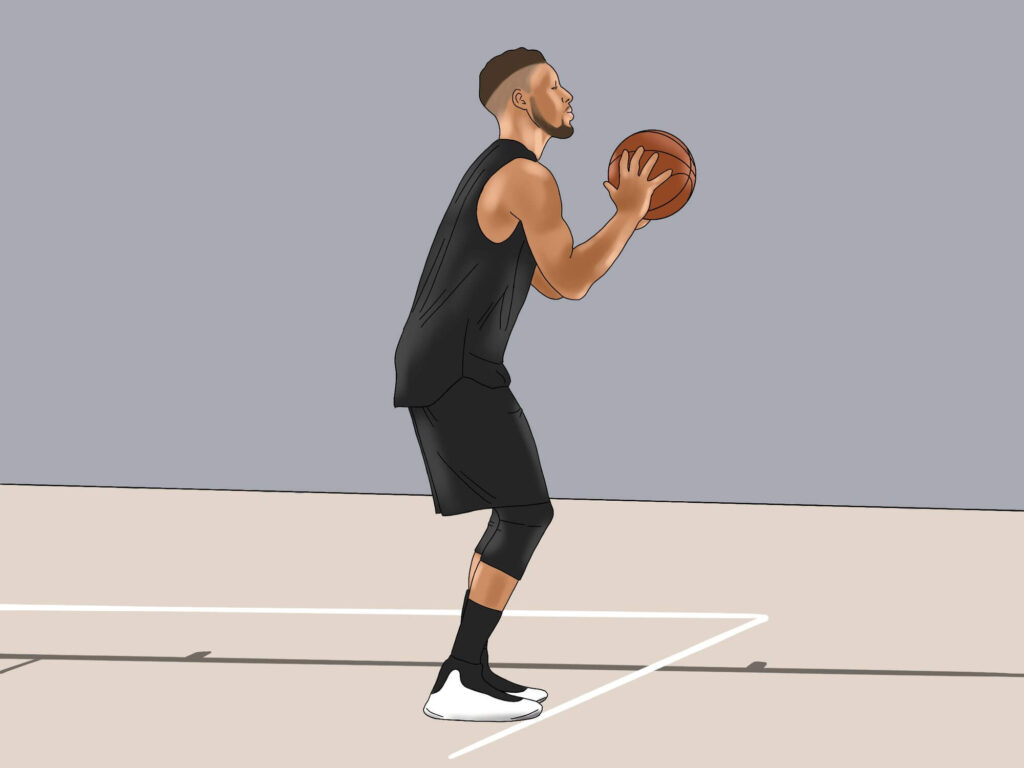As teenagers grow and become more active, they may experience a common condition known as Osgood-Schlatter syndrome. This condition, also known as “growing pains,” can cause knee swelling and discomfort, making it difficult for teens to participate in sports and other physical activities. However, with the right approach, teens can conquer Osgood-Schlatter and continue to excel in their favorite sports. Here are some tips for managing this condition and staying active.
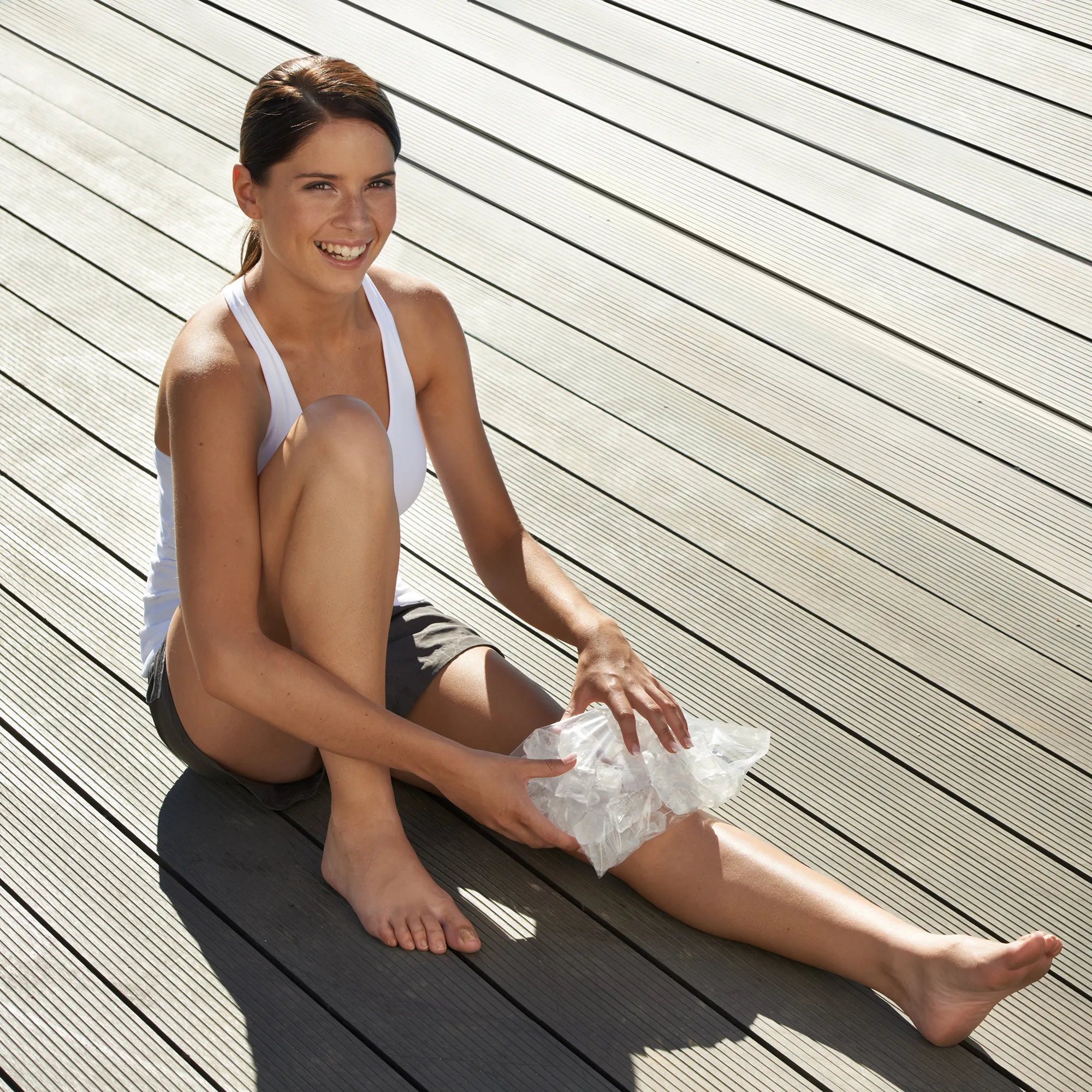
Understanding Osgood-Schlatter Syndrome
Osgood-Schlatter syndrome is a common condition that affects active teenagers during their growth spurts. It occurs when the patellar tendon, which connects the kneecap to the shinbone, becomes inflamed and irritated. This can cause pain, swelling, and tenderness just below the kneecap. While it can be uncomfortable, Osgood-Schlatter is not a serious condition and usually resolves on its own once the teenager has finished growing.
Rest and Ice
The first step in managing Osgood-Schlatter is to rest and ice the affected knee. This will help reduce swelling and discomfort. Encourage your teen to take a break from sports and other physical activities that put strain on the knee. Applying ice for 15-20 minutes several times a day can also help alleviate pain and inflammation.
Stretching and Strengthening Exercises
While rest is important, it’s also essential to keep the knee joint mobile and strong. Gentle stretching exercises can help improve flexibility and reduce tension in the muscles surrounding the knee. Strengthening exercises, such as squats and lunges, can also help build up the muscles in the legs to support the knee joint. However, it’s important to consult with a doctor or physical therapist before starting any new exercise routine.
Proper Warm-Up and Cool-Down
Before participating in sports or physical activities, it’s crucial for teens to properly warm up their muscles and joints. This can help prevent strain and injury to the knee. A warm-up routine should include dynamic stretches and light cardio exercises. After the activity, it’s important to cool down with static stretches to help prevent muscle soreness and stiffness.
Proper Equipment and Technique
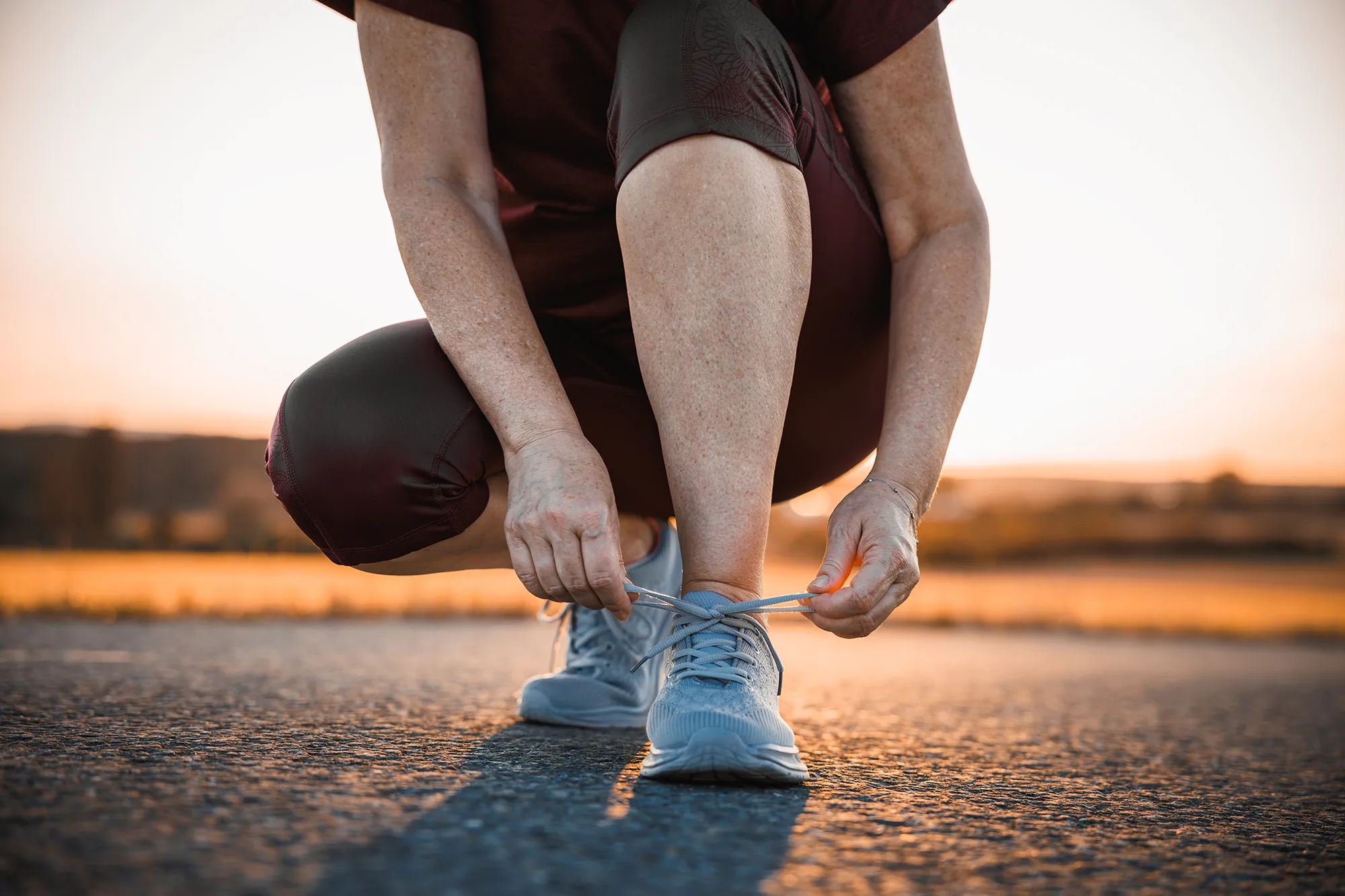
Wearing the right equipment and using proper technique can also help prevent Osgood-Schlatter syndrome. Make sure your teen has appropriate footwear for their chosen sport and that they are using proper form when participating in physical activities. This can help reduce strain on the knee and prevent further irritation.
Seeking Medical Treatment
If your teen is experiencing severe pain or swelling, it’s important to seek medical treatment. A doctor may recommend physical therapy or prescribe anti-inflammatory medication to help manage symptoms. In rare cases, surgery may be necessary to remove any bone fragments that may be causing irritation to the patellar tendon.
Conclusion
Osgood-Schlatter syndrome can be a frustrating condition for active teenagers, but with the right approach, it can be managed and overcome. Encourage your teen to rest, ice, and properly warm up and cool down before physical activities. With proper care and attention, your teen can continue to excel in their favorite sports and conquer Osgood-Schlatter syndrome. Have you or your teen experienced this condition? Share your tips and experiences in the comments below.

